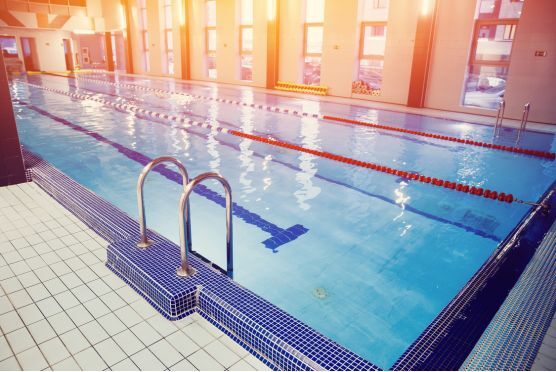Reducing energy use in nurseries and day care without disruption
You feel the squeeze every month. Heating needs to stay on, rooms must stay cosy, meals need cooking and laundry never stops. Children come first,...
.png)
The good news? A few small changes in the right places can ease costs, reduce waste and even lift guest experience.
Every hotel is different, but most consumption sits in a handful of areas:
Focus here first for the quickest gains.
Match setpoints to real need. Bedrooms are often left warmer than necessary. Aim for a comfortable range and avoid big swings. Guests sleep better with steady temperatures.
Tighten time schedules. Trim heating and hot water hours in low-occupancy periods and during night hours, keeping comfort at check-in and breakfast times.
Stop heat escaping. Simple draught-proofing around lobby doors and back exits keeps warmth inside and reduces boiler runtime.
Keep plant healthy. Clean filters, bleed radiators, fix dripping taps and check thermostatic radiator valves. Small maintenance wins prevent comfort complaints.
LEDs everywhere you can. Corridor, stairwell and car park fittings pay back fast and improve light quality. Guests feel safer and spaces look fresher.
Sensors that make sense. Occupancy sensors in corridors, stores and meeting rooms cut waste without touching guest comfort.
Daylight first. Front-of-house teams can open blinds and switch off rows of lights when the sun does the work.
Smart room cards or sensors. Power down lights and HVAC when rooms are empty. Guests still return to a pleasant temperature, not a blast of hot or cold air.
Clear in-room guidance. Short, friendly notes help guests find the right temperature quickly and avoid cranking settings to extremes.
Housekeeping cues. A simple prompt to close windows and curtains before leaving a room supports temperature control and keeps noise down.
Treat fridges well. Check door seals, space units for airflow, defrost on schedule and fit night curtains to display fridges. Stable temperatures protect food quality and reduce waste.
Cookline shutdowns. Use a start-up/shutdown checklist for grills, hobs and extract fans. Turning kit off between peaks reduces heat in the room and keeps chefs more comfortable.
Dishwashers and glasswashers. Use eco cycles where possible and fix leaks and spray arms so every cycle counts.
Run full, balanced loads. Choose low-temperature detergents that still meet hygiene standards and keep lint filters clean to speed drying.
Sort by moisture level. Towels and bedding dry at different rates; mixing extends cycles and wastes heat.
Pipework and valves. Insulate exposed hot-water pipes and label isolation valves so teams can shut areas down when not in use.
Cover the pool. A good cover reduces heat loss and evaporation overnight.
Right temperatures, right times. Nudge setpoints down slightly during closed hours and align ventilation with real opening times.
Keep doors shut. Spa heat drifts fast; door closers and friendly team reminders help hold warmth where guests want it.
People make the difference. Give each area a one-page checklist and agree who owns it. A quick weekly review keeps things moving. Track a simple metric such as kWh per room sold or kWh per occupied room. Post the number, celebrate improvements and share what worked. When teams see progress, they keep the habits that deliver it.
Ready to build a practical, prioritised action list for your hotel? Our team can help outline the quick wins that fit your operation and guest promise. Book your appointment here.

You feel the squeeze every month. Heating needs to stay on, rooms must stay cosy, meals need cooking and laundry never stops. Children come first,...

You juggle safety, warmth, happy faces, staff rotas and a budget that never stretches quite far enough. Energy prices and parent expectations haven’t...

Long hours, temperature-sensitive spaces and constant pressure on service can leave energy low on the to do list. Still, when comfort slips, guests...